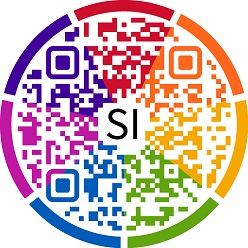
Beta-version of the SI Reference Point now available
The SI Reference Point is a set of tools designed to provide an authoritative digital reference for the International System of Units (SI), traditionally published by the BIPM in the form of the SI Brochure. The SI Reference Point is designed to be fully FAIR* and machine-actionable.
The resource is currently based on five pillars - units, prefixes, decisions, constants and quantities - each enclosing information in the form of a knowledge graph (that can be downloaded as a TTL file). These knowledge graphs can be accessed through different means: an application programming interface provides a set of pre-programmed calls, which also underpin the website; a SPARQL endpoint is provided for direct machine queries. The TTL files can also be browsed visually using a graphical interface such as GraphDB.
A preliminary user guide, along with the TTL files, can be accessed on a dedicated GitHub platform. The current release is a BETA version, so we strongly encourage user testing and feedback.
This project was undertaken as part of the BIPM's Work Programme in Digital Transformation, with contributions from seconding NMIs. The BIPM acknowledges the support of Stuart Chalk (University of North Florida), Gregor Dudle (METAS), Maximilian Gruber (PTB) and Jean-Laurent Hippolyte (NPL).